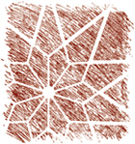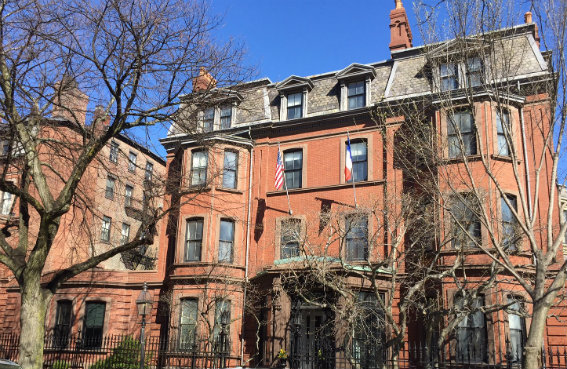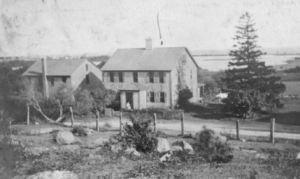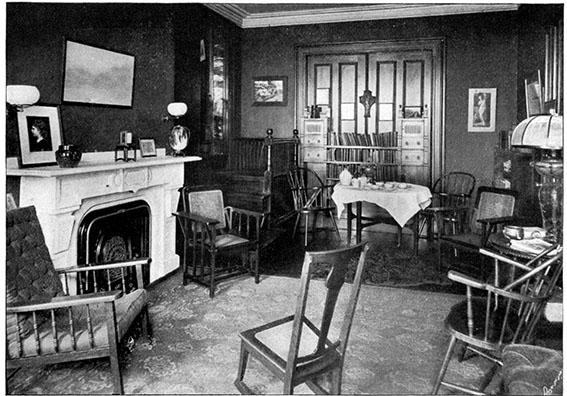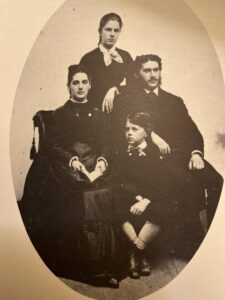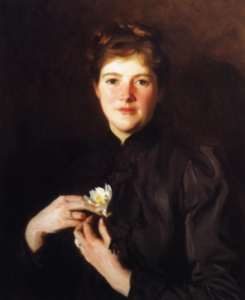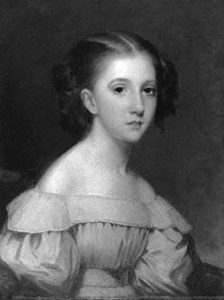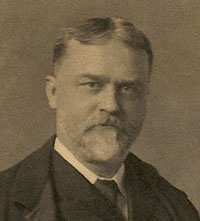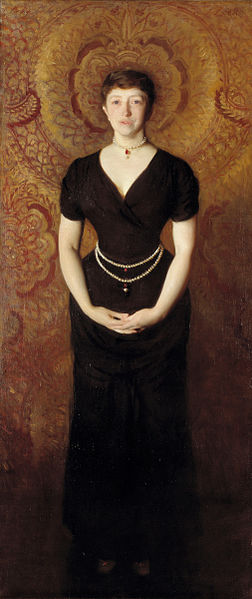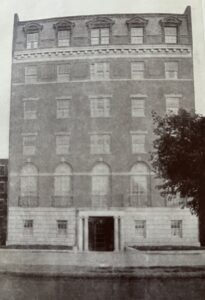 The Students’ House Corporation, under the direction of Mary S. Holmes and Charlotte Upham Baylies, built at 96 The Fenway a home for our Students’ House, which had been in rented quarters since its inception in 1899. They engaged architects Kilham & Hopkins, raised a large portion of its construction cost ($124K), and secured a mortgage for the remainder. The building is now Kerr Hall, a Northeastern University dormitory.
The Students’ House Corporation, under the direction of Mary S. Holmes and Charlotte Upham Baylies, built at 96 The Fenway a home for our Students’ House, which had been in rented quarters since its inception in 1899. They engaged architects Kilham & Hopkins, raised a large portion of its construction cost ($124K), and secured a mortgage for the remainder. The building is now Kerr Hall, a Northeastern University dormitory.
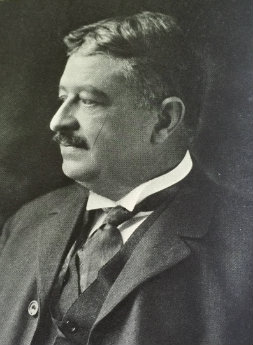
Gardiner Martin Lane from Harvard College Class of 1881 biography of him in the papers of Katharine Lane Weems at the Schlesinger Library, Radcliffe.
October 6. About a thousand people attended the funeral service for financier, philanthropist, and parishioner Gardiner Martin Lane (born 1859). The Rev. Dr. Elwood Worcester, The Rt. Rev. William Lawrence, The Rev. John W. Suter of Winchester, and The Rev. Prescott Evarts from Lane’s Harvard Class of 1881 officiated. Pallbearers included President A. Lawrence Lowell of Harvard, Sen. Henry Cabot Lodge, Charles Francis Adams, and several of his partners from Lee Higginson & Co.. Lynnwood Farnum played a Tchaikovsky funeral march and “Dead March” from Handel’s “Saul”. The boys choir sang “Abide with me” and “The strife is over”.
As treasurer of the New England chapter of the International Red Cross, Lane collected and distributed relief funds for the Salem fire (1914), the San Francisco earthquake (1906), and other disasters. Appointed trustee of the Museum of Fine Arts in 1906, and elected its president in 1907, he oversaw its move from Copley Square to the Evans Building on Huntington Ave., which was designed by Emmanuelite Guy Lowell. Spearheading the Museum’s fundraising effort for the new facility, Lane said, “A mere collection of beautiful objects is of little value unless seen, appreciated, and understood by many.”
His widow, Emma Louise Gildersleeve Lane, and daughter, Katharine Lane Weems, were parishioners for years after his death and generous benefactors to Emmanuel. Emma was the daughter of philologist Basil Lanneau Gildersleeve, who was a colleague of Gardiner Martin’s father George Martin Lane, a classics professor at Harvard.
See also our pages World War I Memorial and Katharine Lane Weems.
